Business leaders have been touting the idea of customer centricity for years — and, according to the Harvard Business Review, not very successfully at that. Marketers cite customer centricity as one of the biggest drivers of scale. But how can an organization create a customer experience that is frictionless and personalized, that extends beyond the point of sale to a long-term relationship? Trading environments are becoming increasingly more complex, as customers use a diverse range of channels and contact points to interact with businesses.
Essentially, customer centricity is Marketing 101 — “The customer always comes first”. But let’s be honest: the pages of Hellopeter.com are full of customers complaining about how they are ‘treated like a number’, ignored or even insulted by brands (or their representatives). Trust in organizations and media is at an all-time low, according to the Edelman Trust Barometer. Trust in organizations is especially low amongst the “more sceptical mass population” — as compared with the “more trusting, but informed public”.
In the quest for increased ROI and maximising profits for the shareholders, many companies have somehow lost the ‘personal touch’. An obsession with growth and the bottom line has meant that customers are no longer the priority.
Amazon’s Jeff Bezos, and his Chinese counterpart, Alibaba Group’s Jack Ma, have espoused a ‘new’ approach, which they call customer centricity — placing customers front and centre of the business. But it’s only ‘new’ in the sense that business leaders need to embrace the digital change process and come up with ways of using multiple channels to engage and keep happy customers. For Amazon, this meant things like faster expediting and easier returns policies. On the marketing front, it means targeting your previous customers with messages that match their buying behaviour.
SAP is taking the lead in the trend to digital transformation. Having been at the vanguard of ERP (Enterprise Resource Planning) and automation for decades, the German-based tech multinational calls this growth revolution “Customer Think”.
Speaking at Ignite 2018, SAP CEO Bill McDermott said, “We’re in the midst of a customer-driven growth revolution in which every single company is going through a digital transformation because their consumers are mobile, they’re social, they have access to all channels, and they’re becoming geospatially attuned. So data can’t be trapped in silos—businesses have to be able to connect end-to-end in real time. CEOs in boardrooms around the world are saying, ‘Give me a single view of my customer.’”
But consumers are becoming increasingly more critical, as they connect to different channels using mobile devices. “Customers are comparing prices on their mobile devices through the internet, seeking peer recommendations or calling up sales representatives to find out more about products and promotions they spot on TV,” reports EY in its Agile Business – Customer report.
Not only do customers expect a quick response to every query or complaint, they also expect high degrees of quality and professionalism from brands, and they consider more criteria when making a purchase decision, the report adds.
Happy customers are an extremely powerful asset for your business: they come back again, and they recommend you to their peers. Even in a B2B environment, creating a great customer journey will ensure trust and loyalty.
Brands need to ensure that they are active on all the channels that their customers use, in order to engage proactively with them. This ‘omnichannel’ world is what makes the previously-simple idea of ‘putting the customer first’, quite complex.
Brands need to look inwards and ask themselves:
- How can we change our sales and marketing functions to face the omnichannel customer?
- How can we create a unique, frictionless customer experience, to win their trust?
- How do we ensure we remain ahead of the curve in customer service, to retain our omnichannel customers?
Writing in Quartz, Alibaba put it succinctly: “US retail is at a crossroads, with brands and retailers still trying to decide whether e-commerce is friend or foe. On one hand, e-commerce is killing traditional brick-and-mortar business, but on the other, you’ll have a hard time finding a company whose future growth strategy does not rest on developing its online channels.”
CMOs need to scrutinize their customer buying experience. How can technology help sales and marketing (if not the entire organisation) to be more agile, and win, in the digital economy?
The good news is that it is becoming a whole lot easier. ERP based in the cloud uses machine learning and AI to examine buyer data, which helps to spot problems, from low stock levels to failing customer retention. It can also help to identify buying trends and reveal how customers interact with the brand in their journey from the first contact to final sale.
Cloud-based ERP provides business leaders with a dynamic feedback system that gives an overview of the company, from production to stock and warehousing, to accounting. With ERP systems that are always on, always tracking the customer, company directors don’t have to wait for month-end reports — the data is always up-to-date, always available. The end result is improved service levels, which in turn translates to better customer relationships.
SAP provides several solutions for businesses, depending on their size and requirements. Business ByDesign is cloud-based ERP that, when paired with the enhanced Planning and Analytics functionality of SAP Analytics Cloud, can provide a comprehensive, fully integrated business management solution.
Trust is key to the process: if customers trust us, they will let us have access to their data. The more we fulfil their expectations, the more they will trust us, and provide even more data.
With more data, we can aim for outcomes that feed into customer centricity:
- More exact segmentation through a high-quality database containing customer as well as market data, allowing contextual, individualized offerings through customer-preferred channels;
- Improved predictions regarding consumer buying behaviour, using predictive analytics
- algorithms in order to determine the next best action;
- Higher conversion rates.
Primary research done by Aberdeen Group in 2017 examined the difference between Leaders and Followers in wholesale and distribution. The study found that Leaders were “39% more likely to have eCommerce integrated into ERP, 2.6 times as likely to be able to perform demand planning and forecasting, and 31% more likely to have real-time visibility into the status of all processes and data, as compared to Followers.”
The bottom line, according to Aberdeen Group: “ERP can be your organization’s foundation for ensuring customer satisfaction, at a lower cost.”
ERP could be the difference between being a leader or a follower in a world that is rapidly changing to be more digital, and more customer-centric.





